



Explore Japan worry-free with a complete travel and medical coverage.

Trusted by 100,000+ Travelers

Evacuation & Repatriation

High Coverage for Medical Expenses, Emergency Evacuation and Repatriation.

LUMA’s in-house medical team at your service during your trip to Japan.
Cancel your travel insurance anytime before its start date and receive a full refund.

Covered Up to 5,000 USD

Covered Up to 5,000 USD
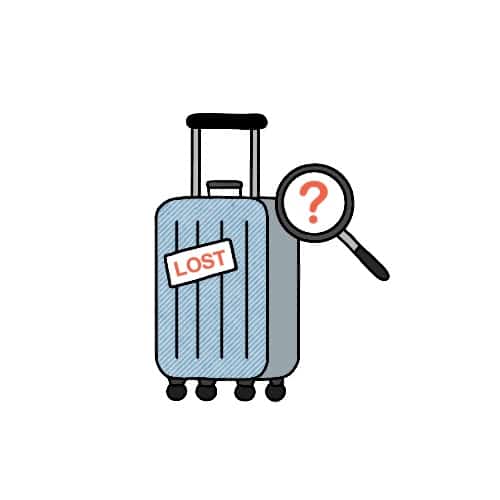
Covered Up to 1,500 USD
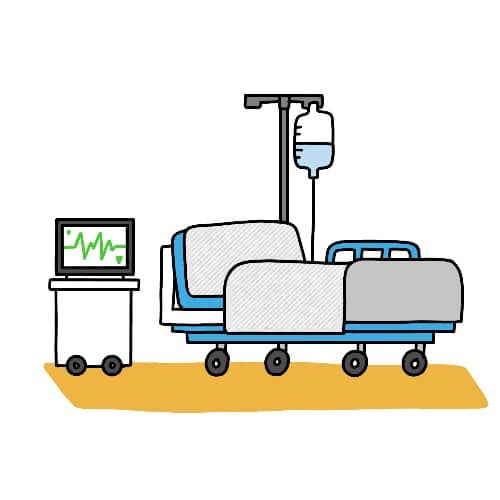
Starting from 200,000 USD to UNLIMITED Coverage
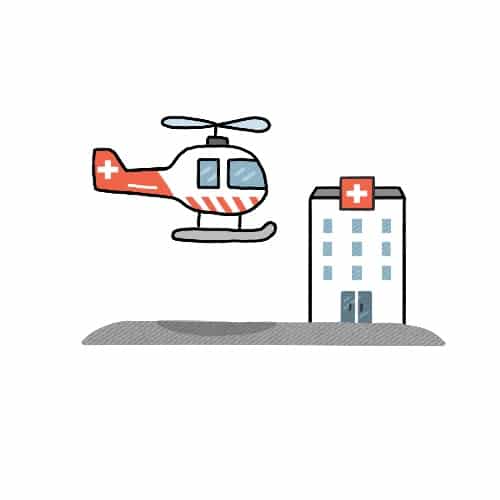
UNLIMITED Coverage
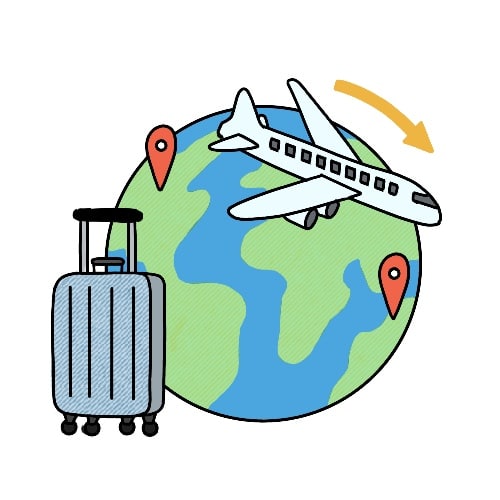
UNLIMITED Coverage
Access the Medipro team comprising international doctors for a one-stop service for your medical-related needs during your trip.

Dr. Gerard
Emergency Medicine, Aviation & Tropical Diseases
25 Years of Medical Experience

Nurse Kookkik
Registered Nurse
19 Years of Medical Experience

Dr. Kao
Health Care Management
General Practitioner

Dr. Patrick
Health Care Management
General Practitioner

Dr. Thet
Internal Medicine & Rehabilitation Medicine
9 Years of Medical Experience




Our medical expense coverage includes emergency medical expenses, inpatient and outpatient treatments for covered conditions. This includes hospitalization, surgery, ambulance services, diagnostic tests, consultations with registered doctors, prescribed medications, and hospital room and board.
Please note that this policy does not cover medical bills arising from pre-existing conditions.


Repatriation is facilitated following the Emergency Evacuation as described in the preceding paragraph. If deemed medically necessary, the Company will arrange and cover the expenses for the insured person’s return to a medical facility in their Country of Origin. This repatriation can be accomplished via scheduled airline flight or any other suitable means of transportation if the original ticket is not valid for this purpose. It’s imperative that any unused portion of the ticket be surrendered to the Company. The decision regarding repatriation will be made jointly and exclusively by the attending physician and the Company.

Don’t let unexpected hurdles derail your travel plans. With our Trip Cancellation coverage, you’re protected against the loss of non-refundable deposits or increased travel expenses due to unforeseen circumstances. Whether it’s illness, emergencies, or natural disasters, you can cancel your trip to Japan or return home early and receive reimbursement for unused expenses. Travel worry-free knowing that we’ve got you covered every step of the way.


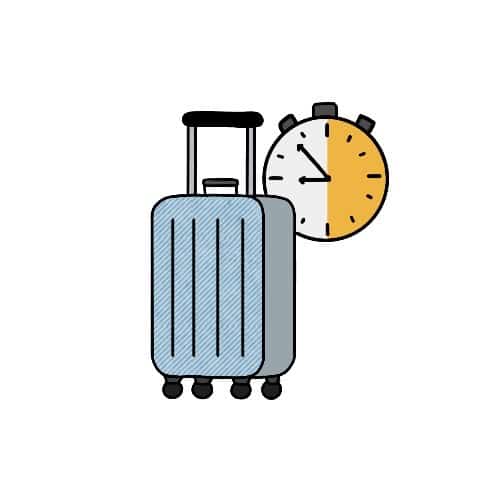

While it’s not mandatory to buy travel insurance for Japan to visit the country, we highly recommend to have one to cover unexpected medical bills during your trip to Japan.
In addition to medical cover in Japan, a comprehensive travel insurance policy can provide valuable travel benefits, including coverage for trip cancellations. Traveling to Japan can be costly, encompassing expenses such as flight tickets, hotel bookings, and transportation onsite. Having a travel insurance coverage that allows you to claim nonrefundable costs in case of trip cancellations is a significant benefit to consider, offering financial protection and peace of mind for your travel investment.
While not mandatory for traveling to Japan, it’s strongly advised to consider the purchase of a travel insurance plan given the potential high costs of medical treatment in the country. Many insurance companies offer travel insurance specifically tailored for Japan, making it easier to find coverage suitable for your needs.
The cost of travel insurance to Japan varies based on the length of the trip and the level of coverage you choose.
LUMA Asia Pass offers a range of different options to cover your trip to Japan. The cost can start at $10 USD per day and go up to $28 USD per day for a week of travel. The travel insurance costs will depend on the specific plan, including the level of protection and the travel benefits you opt to include in your coverage.
Certain nationalities must obtain a visa by applying at a Japanese embassy or consulate in their home country to travel to Japan. However, some citizens are eligible for visa-free travel to Japan for short-term visits. It’s advisable to contact the Japanese Embassy in your country to determine and fulfill the necessary requirements for your travel plans.
The currency in Japan is the Japanese Yen, abbreviated as JPY. The symbol used for the yen is “¥.”
Consider your own preferences when planning a trip to Japan. Each season offers unique attractions and weather conditions.
The most popular time to visit Japan is during spring (late March to early April) for the cherry blossom season “sakura”, attracting crowds from all over the world. However, prices for accommodation and transportation significantly increase during that hot season.
Some Japanese speak English, especially in urban areas or tourist spots. However, the level of English proficiency usually decreases in rural or remote areas.
Learn basic phrases in Japanese before your trip. You can also use translation apps to aid communication although bear in mind that translation can be inaccurate.
Be prepared for some language barrier challenges. However, don’t let this discourage you. Remember to keep polite and patient.
Tipping is not customary in Japan. Exceptional service is expected, and leaving a tip may be considered unusual or awkward.

Crafted and Serviced by LUMA
Our goal is to be your companion for all things travel and we strive to make insurance easy, accessible and ethical.

Insured by Baolong
With over three decades of expertise across a diverse range of insurance services, Baolong ensures your claims are covered.

Assistance by Europ Assistance
Europ Assistance is a leading assistance company with an international network ensuring a reliable support worldwide.
“LUMA Asia Pass” is the commercial name of the travel insurance policy insured by Bao Long Insurance Corporation, distributed globally by Luma International and serviced by Luma Care Co. Ltd.
Copyright © 2024 lumahealth.com. All Rights Reserved.